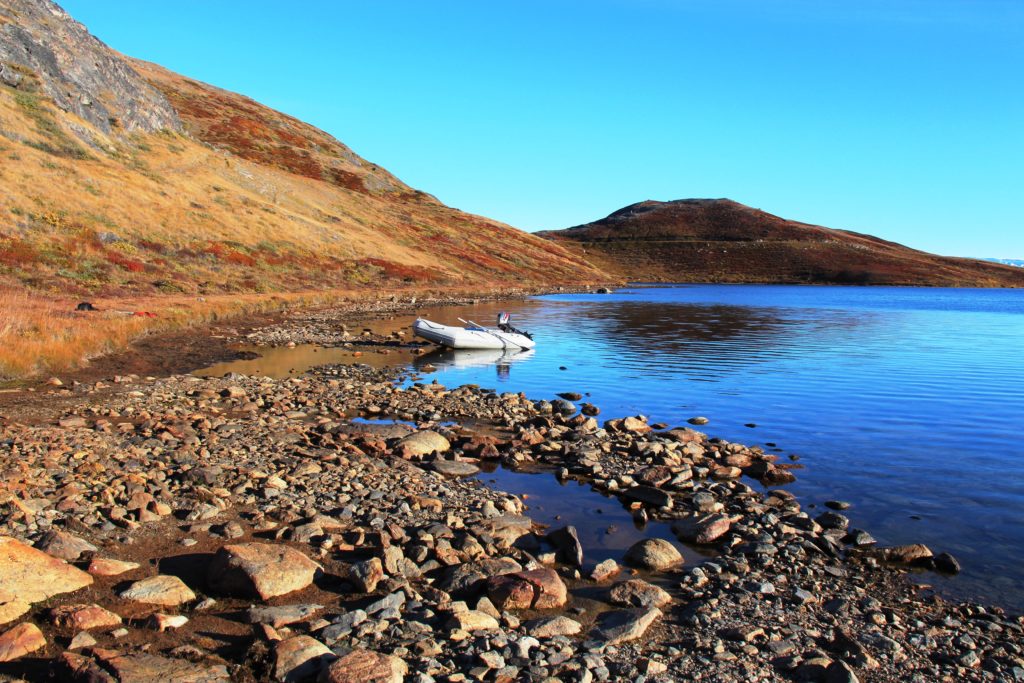This is Catchnet
CatchNet (Catchment transport and Cryo-hydrology Network) aims at advancing our understanding of hydrological and biogeochemical transport processes for a range of cold-climate conditions in the context of long-term, deep geological disposal of spent nuclear fuel.
Spent nuclear fuel from nuclear power plants has to be kept isolated from humans and the environment for a very long time. Even though disposal in a geological repository is applied or planned in many countries, the exact method for handling spent nuclear waste differs among countries depending on natural geological conditions, type and amount of spent fuel and selected/planned engineering methods. However, irrespective of the selected method, geological disposal of spent nuclear fuel requires safety assessments that consider very long time frames, and accordingly different climatic states. In the hypothetical case of a release from a geological repository, radionuclides would be transported by the groundwater towards the surface and eventually reach streams, lakes and wetlands. The consequences of events are analysed in safety assessments, where the analysis of water flow paths in the bedrock and the overlying regolith is of utmost importance. Within these safety assessments, several possible future climate scenarios are considered. Climate induced changes such as the growth of ice sheets and permafrost will alter the ground surface environment and impose a significant perturbation to the geosphere within a time frame that is considered relevant to repository safety.
The aim
The aim with CatchNet is to involve several nuclear waste organisations and academic research groups in an effort to bridge both the industrial and academic worlds. The main focus of this activity is hydrology in the periglacial landscape even though the coupling to other hydrological features, such as the ice and the sub-glacial water system are important in order to conceptualize the periglacial hydrological system. There is also a close coupling with biogeochemistry related to transport of elements in the periglacial system, where hydrology is one of the main drivers.
